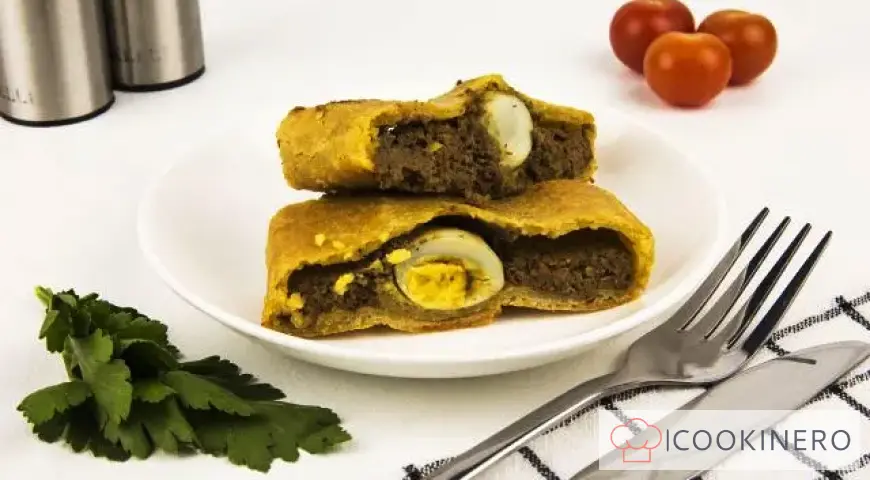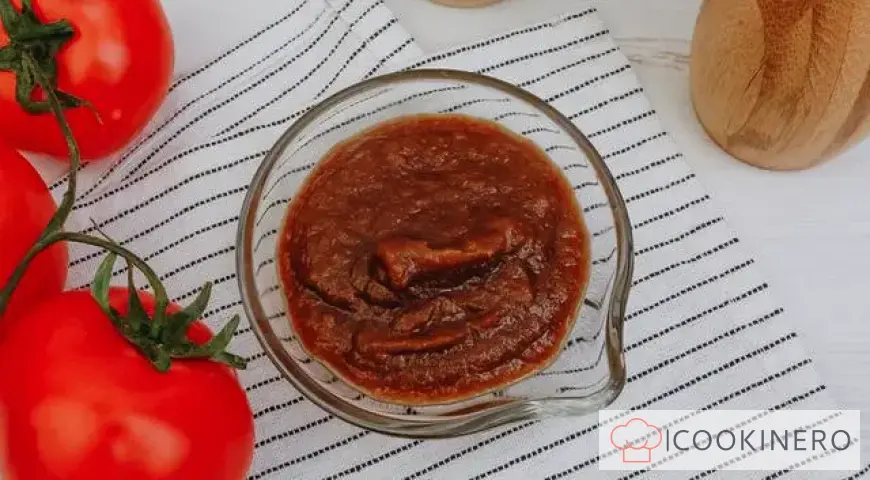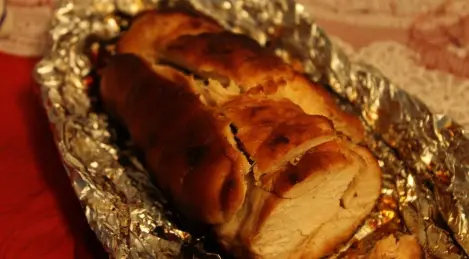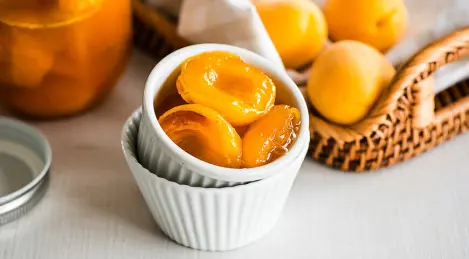Easter with baked milk

Easter on baked milk turns out to be unusually tasty, thanks to the special notes that are characteristic of this product. Cottage cheese, the basis of the dish, you can cook yourself or buy in a store. Just try to find a truly natural product, otherwise the texture and taste of Easter may disappoint you. Pay special attention to the fact that this dish requires a significant cooling time, at least a day! Therefore, if you do not cook Easter with baked milk, as expected, on Maundy Thursday, do it no later than Saturday, on the eve of Bright Sunday.
How to cook Easter with baked milk
Step 1
Prepare cottage cheese for Easter on baked milk. Put it in cheesecloth, folded in half, and place in a colander. Place a weight of at least 2 kg on top. Leave in a cool place for 4 hours.
Step 2
Cut the Easter butter into small cubes and place in a large bowl. Leave at room temperature for at least 30 minutes. The oil should become very soft.
Step 3
Wipe the cottage cheese twice with a fine metal sieve. Then transfer to a bowl with butter. Punch with a blender until a mass of a homogeneous consistency is obtained.
Step 4
Beat egg yolks with salt in a mixer bowl. Add curd butter mixture. Mix and beat with a mixer. Without stopping the process, but reducing the speed of the device a little, gradually add condensed milk.
Step 5
Line the form for Easter with double-folded gauze dipped in cognac or rum. Lay out the resulting curd mass. Cover the top with the hanging ends of the gauze.
Step 6
Place the mold with the curd mass in a small saucepan so that the bottom of the pastry bowl does not touch the bottom of the container. Place a weight of about 1 kg on top. Put in the refrigerator for a day.
Step 7
Remove the load. Expand the edges of the gauze. Cover Easter with baked milk in the form of a large flat plate. Turn over carefully. Remove the form and gauze from Easter. Garnish as desired and serve.
Reviews: 0
0 Overall ratingHave you already prepared this recipe? Tell what you think.
Write a review
Trending
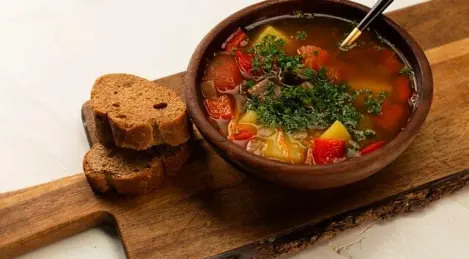
Beef shurpa
Shulum, chorpa, shorpo, sorpa... In different countries, shurpa is called by different names, but it looks about the same everywhere: a rich soup with meat and vegetables. Various herbs and spices can be added to it, or it can be made on the basis of
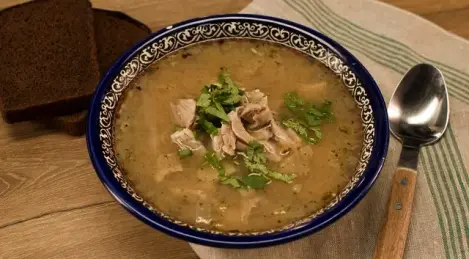
Kharcho with chicken
Usually kharcho is cooked in beef broth. But we decided to break the rules to get a slightly different, but no less tasty dish. Kharcho based on chicken will be more dietary, but in taste it will be the same famous Georgian soup, which you can easily

Ginger tincture
Ginger is a well-known and beloved spice. In the kitchen, only the root of the plant is used, which is rightfully considered one of the most useful natural products. Ginger tincture, when consumed in moderation, helps improve memory, restores skin co
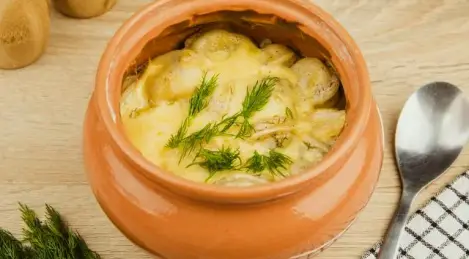
Dumplings baked with sour cream
Pelmeni are a familiar, filling and tasty dish. But you can cook them in a very original way: bake them in the oven with sour cream sauce. This option for cooking the dish will not take much time, but will please you with the result. Juicy meat in te

